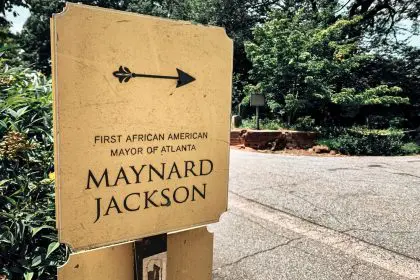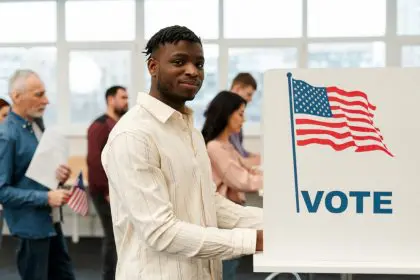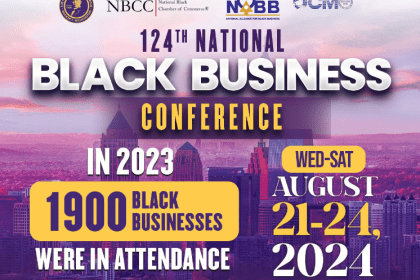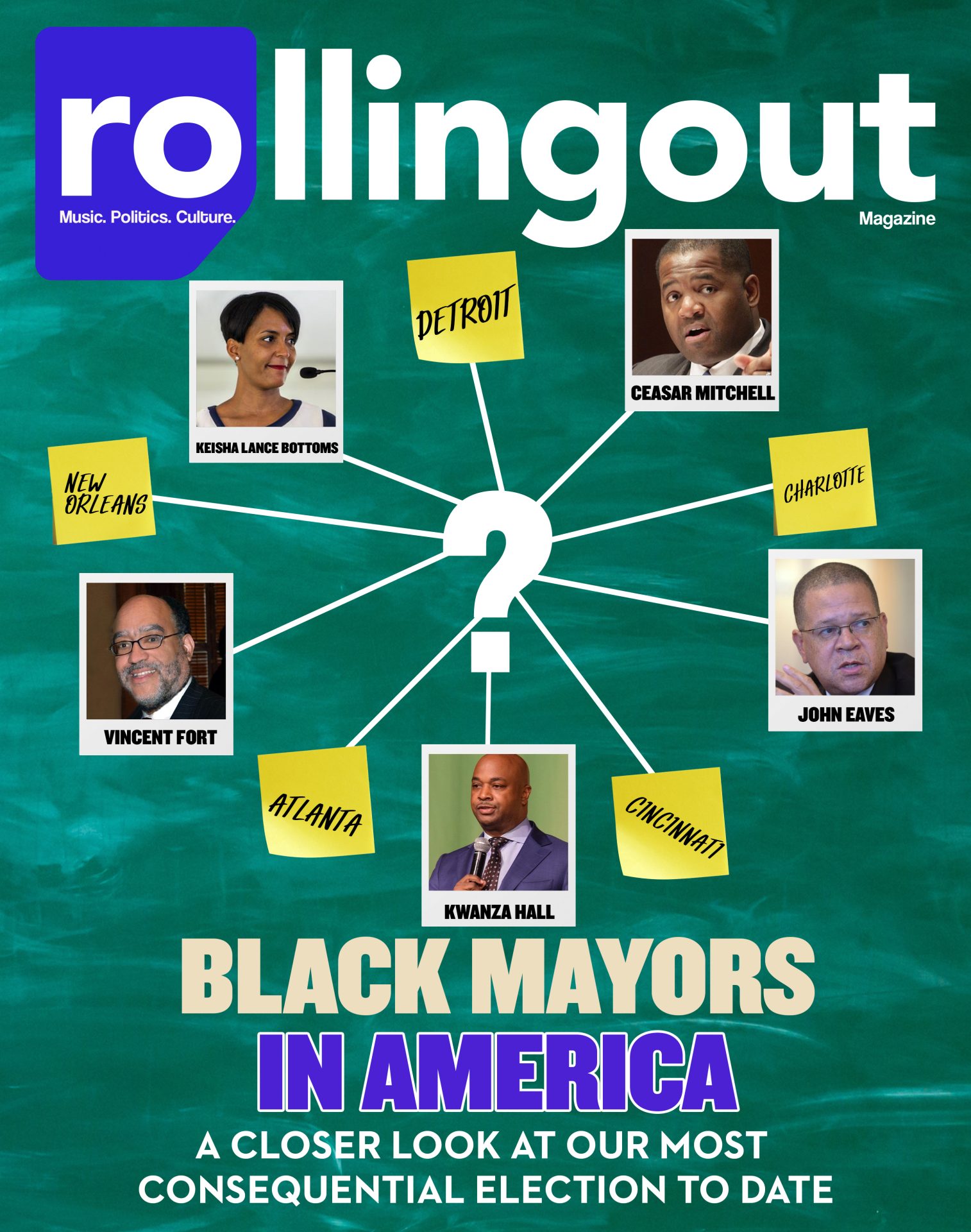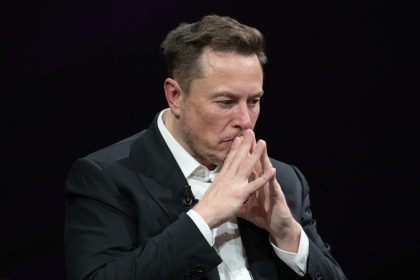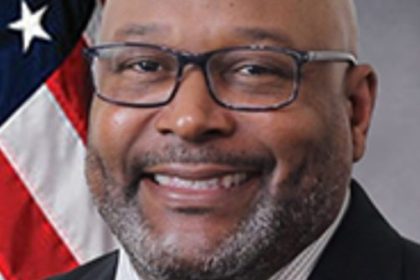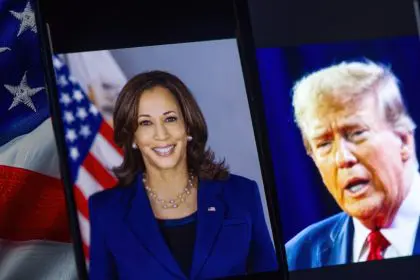Not only are two of the biggest cities in the country run by African Africans, but these mayors also happen to be powerful women. Baltimore Mayor Stephanie C. Rawlings-Blake and Washington, D.C. Mayor Muriel Elizabeth Bowser are both women who have fought tough political battles even before being elected mayors, with the goal of bettering their beloved cities. These women have beaten the odds and risen through the ranks to become the most influential politicians in their respective areas.

Mayor Stephanie C. Rawlings-Blake
As a Baltimore native, Rawlings-Blake has had her eye on politics in her city for ages. She became the youngest person ever elected to the Baltimore City Council in 1995 and represented District 5 for nine years. She served as the vice president of the Baltimore City Council from 1999 to 2007 and became president of the council in 2007.
In 2010, when then-Mayor Sheila Dixon resigned from office after being convicted of embezzlement, Rawlings-Blake became mayor of Baltimore City under the Baltimore City charter that says the sitting city council president immediately replaces the mayor’s position for the remainder of the term. She then ran for a full term in 2011 and won.
One of Rawling-Blake’s biggest challenges thus far has likely been dealing with the riots, bad publicity, and justice issues that spawned from the death of 25-year-old Freddie Gray on April 12, 2015. The young man suffered a severed spine while being detained by Baltimore police officers and died one week later. Riots involving youth throwing rocks at officers and looting stores began after news of his death broke.
Rawlings-Blake caught flack from several Black Americans as well as conservatives for her statements on the issue. On the same day as Gray’s funeral, Rawlings-Blake labeled the rioters “thugs,” which many African Americans openly resented. During a press conference, she mentioned that officials were giving space to “those who wished to destroy,” which led many conservative pundits to accuse her of allowing damage to be done to the city.
As far as the current condition of the city with a population of 626,848, the 45-year-old mayor has a lot of work to do. While Baltimore City has been making improvements in education — with the high school graduation rate rising 7 percent and reaching 68.5 percent for the class of 2013, and the dropout rate falling 23.8 percent from 2010 to 2013 — crime is still a big problem. Forbes put Baltimore at No. 7 on the list of 10 Most Dangerous U.S. Cities. The city ranks in the top 15 U.S. cities for violent crimes, with a rate of 1,417 per 100,000 residents.
But even with challenges ahead of her, Rawlings-Blake has still been recognized for her achievements. She was named a Shirley Chisholm Memorial Award Trailblazer by the National Congress of Black Women in 2009 and made The Baltimore Sun‘s list of 50 Women to Watch.

Mayor Muriel Elizabeth Bowser
Winning the 2007 special election, Bowser was the second woman elected D.C. mayor. She was re-elected in 2008, 2012, and 2014.
A major issue that steadily hangs over D.C., which has a population of 658,893, is poverty. According to The Hoya, a 2013 survey said that around 115,550, or 18.9 percent of the city’s residents were living below the poverty line, which was a steady increase from 16.4 percent in 2007. Bowser has promised to focus on fixing chronic homelessness, the large economic divide, and ever-decreasing affordable housing.
While poverty plagues the city, the 42-year-old mayor is likely more at ease when it comes to the shrinking crime rate. According to the Washington Post, new use of data and technology has helped law enforcement officials identify crime patterns, while economic improvements have also helped reduce crime. The year 2013 ended with 104 homicides, which is up from 88 in 2012, but is still much lower than that of years earlier.
Education in D.C. is also slightly on the upswing. The public school graduation rate increased by 2 percent last year to 58 percent. Yet, even with this achievement, D.C. Schools Chancellor Kaya Henderson said that there is “still too few of our young people are graduating,” the Washington Post reported.
In terms of Bowser’s personal mark on the city, she is most notably responsible for implementing the Kids Ride Free bill, which enables students to use public buses to and from school for free.
She has been criticized for not pushing more daring legislative initiatives. In an interview, she responded to the concern with, “Did I ever tell you my approach is dramatic?”
She says of her method, “It’s effective. It affects people’s lives.”


